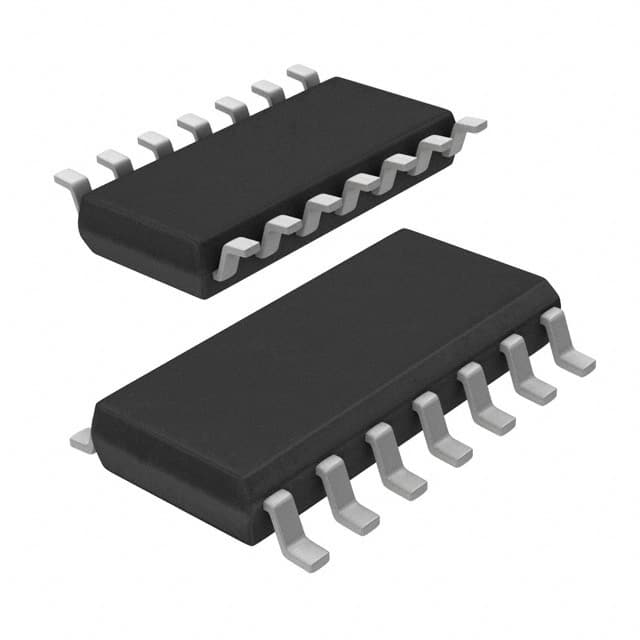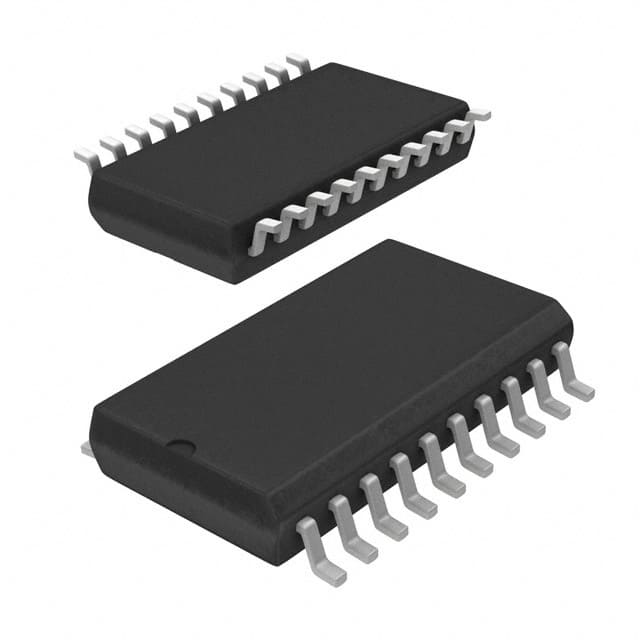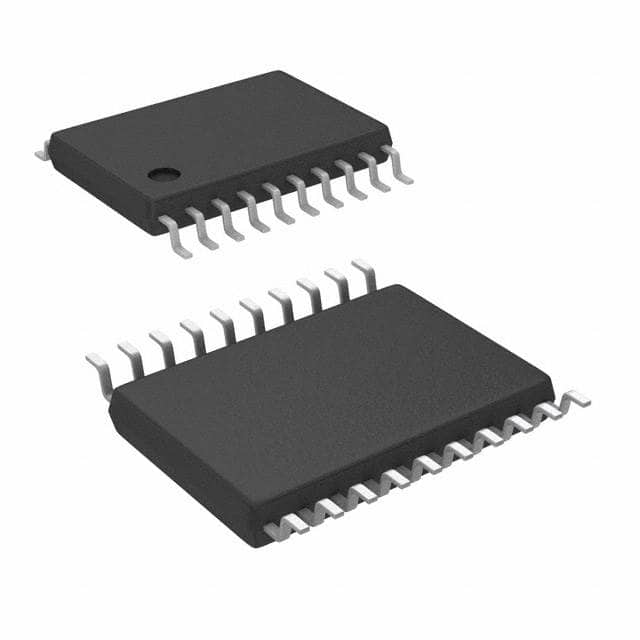74HCT10D,652 Product Introduction:
NXP USA Inc. Part Number 74HCT10D,652(Logic - Gates and Inverters), developed and manufactured by NXP USA Inc., distributed globally by Jinftry. We distribute various electronic components from world-renowned brands and provide one-stop services, making us a trusted global electronic component distributor.
74HCT10D,652 is one of the part numbers distributed by Jinftry, and you can learn about its specifications/configurations, package/case, Datasheet, and other information here. Electronic components are affected by supply and demand, and prices fluctuate frequently. If you have a demand, please do not hesitate to send us an RFQ or email us immediately sales@jinftry.com Please inquire about the real-time unit price, Data Code, Lead time, payment terms, and any other information you would like to know. We will do our best to provide you with a quotation and reply as soon as possible.
Introducing the NXP USA Inc. 74HCT10D,652, a versatile and high-performance triple 3-input NAND gate integrated circuit. Designed with precision and reliability in mind, this product is perfect for a wide range of applications in various industries.
The 74HCT10D,652 boasts several impressive features that set it apart from other similar products on the market. Firstly, it operates at a voltage range of 2.0V to 6.0V, making it compatible with a wide range of power supplies. Additionally, it offers high-speed operation, with a propagation delay of only 9 ns, ensuring efficient and responsive performance.
This integrated circuit is ideal for applications that require logical operations, such as data processing, signal conditioning, and control systems. Its triple 3-input NAND gate configuration allows for flexible and complex logic functions, making it suitable for a variety of tasks.
Furthermore, the 74HCT10D,652 is designed to withstand harsh environmental conditions, with a temperature range of -40°C to +125°C. This makes it suitable for use in automotive, industrial, and consumer electronics applications.
In conclusion, the NXP USA Inc. 74HCT10D,652 is a reliable and versatile integrated circuit that offers high-speed operation and a wide voltage range. With its triple 3-input NAND gate configuration, it is suitable for a variety of applications in different industries. Trust NXP USA Inc. for your electronic component needs.
Gates are an important part of the transistor in the integrated circuit, especially in the field effect transistor (FET) plays a role in controlling the current interruption. By interacting with the insulation layer between the channel, it uses the electric field effect to regulate the carrier concentration in the channel, and then controls the current flow between the source and the drain electrode. The inverter is a logic electronic device that is mainly used to reverse the logic state of the input signal, that is, from a high level to a low level, or from a low level to a high level. In digital logic circuits, the inverter is often implemented as a NOT gate, which is carefully designed by multiple transistors (such as PMOS and NMOS pairs in CMOS technology), and realizes the logical reversal of the signal by controlling the switching state of the transistor. Together, they form the basis of logic circuits and demonstrate the high flexibility of integrated circuits in signal processing and control.
Application
Gates, as key components of transistors, are widely used in various integrated circuits, especially in core components such as microprocessors, memory, sensors, etc. They are the foundation for implementing complex logic functions and high-performance computing. Inverters play an important role in digital circuit design, communication systems, power management, and other fields. Through their logic inversion function, they support signal shaping, amplification, isolation, and timing control requirements. In various fields such as consumer electronics, automotive electronics, industrial automation, and data centers, gates and inverters are indispensable electronic components that help devices achieve efficient and accurate signal processing and control, promoting technological progress and industrial upgrading.
FAQ about Logic - Gates and Inverters
-
1. How many gates are there in ICs?
There are usually one or more gates in an IC, and the specific number depends on the type and design of the IC. For example, MOS tubes and transistors are common components in ICs, and they usually have one or more gates.
In a chip, a transistor is one of the most basic components. A transistor has three poles: source, drain and gate. The gate is located on the insulating layer between the source and the drain, and controls the conduction and cutoff of the channel by changing the gate voltage.
In addition, there is a special type of transistor in the flash memory chip, called a floating gate transistor, which has two gates: the control gate and the floating gate. The floating gate is located between the control gate and the channel, wrapped by an insulating layer, and can store charge, thereby realizing data storage.
-
2. What is the use of the logic gate?
The main function of the logic gate is to control the switching and logical operation of the signal. The logic gate receives the input signal and controls the state of the output signal according to the logical state of the input signal (such as high level or low level), thereby realizing basic logical operation functions such as AND, OR, NOT, etc.
Specifically, the working principle of the logic gate is based on the structure and characteristics of the transistor. The transistor has three main parts: source, drain and gate. The gate adjusts the current flow between the source and drain by controlling the voltage, thereby realizing the switching function. When the gate voltage reaches a certain threshold, a conductive channel is formed between the source and the drain, and the current can pass; otherwise, the current is blocked.
Logic gates have a variety of applications in digital circuits, including but not limited to:
Remove noise coupled into the circuit, improve system reliability.
Speed up the turn-on and turn-off of transistors, reduce turn-on and turn-off losses.
Reduce transistor DI/DT, protect transistors and suppress EMI interference.
Protect the gate, prevent gate breakdown under abnormal high voltage conditions.
Increase drive capability, and drive transistors under smaller signals.
-
3. Can NAND gates be used as inverters?
NAND gates can be used as inverters. NAND gates, especially Schmitt-triggered NAND gates, are often used in full-bridge inverter circuits to ensure that the switch between the two channels is clear and not affected by any type of stray transients or low-signal interference.
In the inverter, the role of the NAND gate is to drive the MOSFET or IGBT through logic control to achieve DC to AC conversion. For example, in the Arduino-based full-bridge sine wave inverter design, the Arduino is programmed to generate SPWM outputs in the appropriate format from the pins, process these signals through the NAND gate, and finally drive the relevant MOSFETs of the full-bridge driver network to achieve the inverter function.
The advantages of using NAND gates include fast switching response and high reliability. In addition, Schmitt-triggered NAND gates can enhance anti-interference capabilities and ensure stable operation of the inverter. However, there are also challenges to consider when designing inverters, such as switching losses and thermal management.
 Lead free / RoHS Compliant
Lead free / RoHS Compliant































